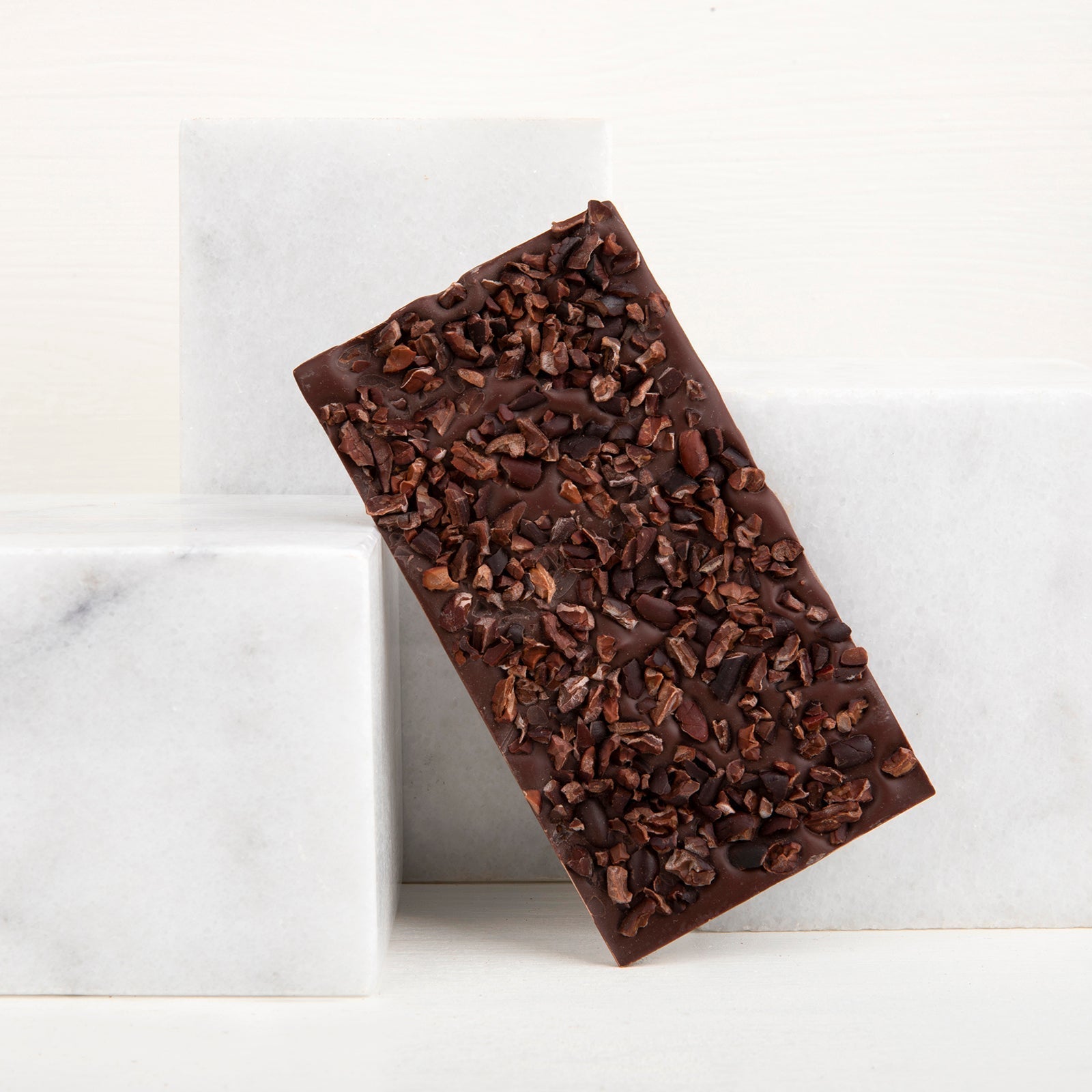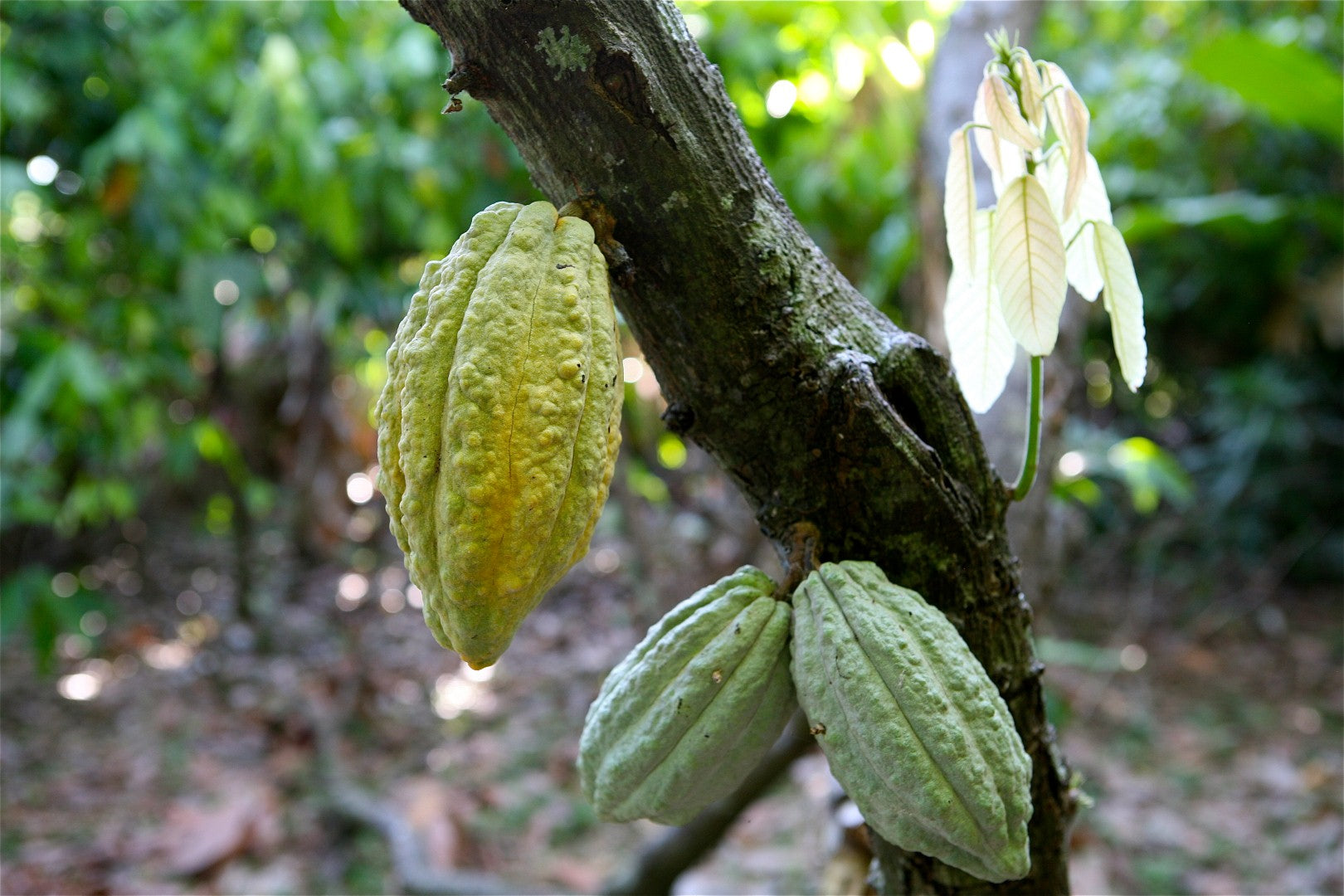
MEET THE PUREST FORM OF CHOCOLATE
Bean to Bar
Follow the trail of real chocolate with Peraru Chocolate. Embark on a journey of transformation from the birthplace of the cocoa bean to our workshop in Ortaköy, Istanbul.
What is Bean to Bar?
EVERY CORE IS A NEW DISCOVERY!
Bean to Bar is a production philosophy that relies heavily on craftsmanship, transforming chocolate from cocoa bean to bar, completely under the producer's control. At Peraru Chocolate, we taste, select, and meticulously process every bean.
This is not an ordinary chocolate; it is a work of art.
Learn Bean to Bar in 10 Steps
DISCOVER EVERY STAGE OF THIS JOURNEY FROM COCOA BEANS TO TABLETS NOW.

Cocoa Tree
Bean to Bar begins in the branches of the cocoa tree. The cocoa tree grows in tropical climates between latitudes +/- 20° north and south of the equator. The fruit of the cocoa tree is the cocoa pod. Inside the cocoa pod are cocoa beans. So, the cocoa bean is actually the seed of a fruit.
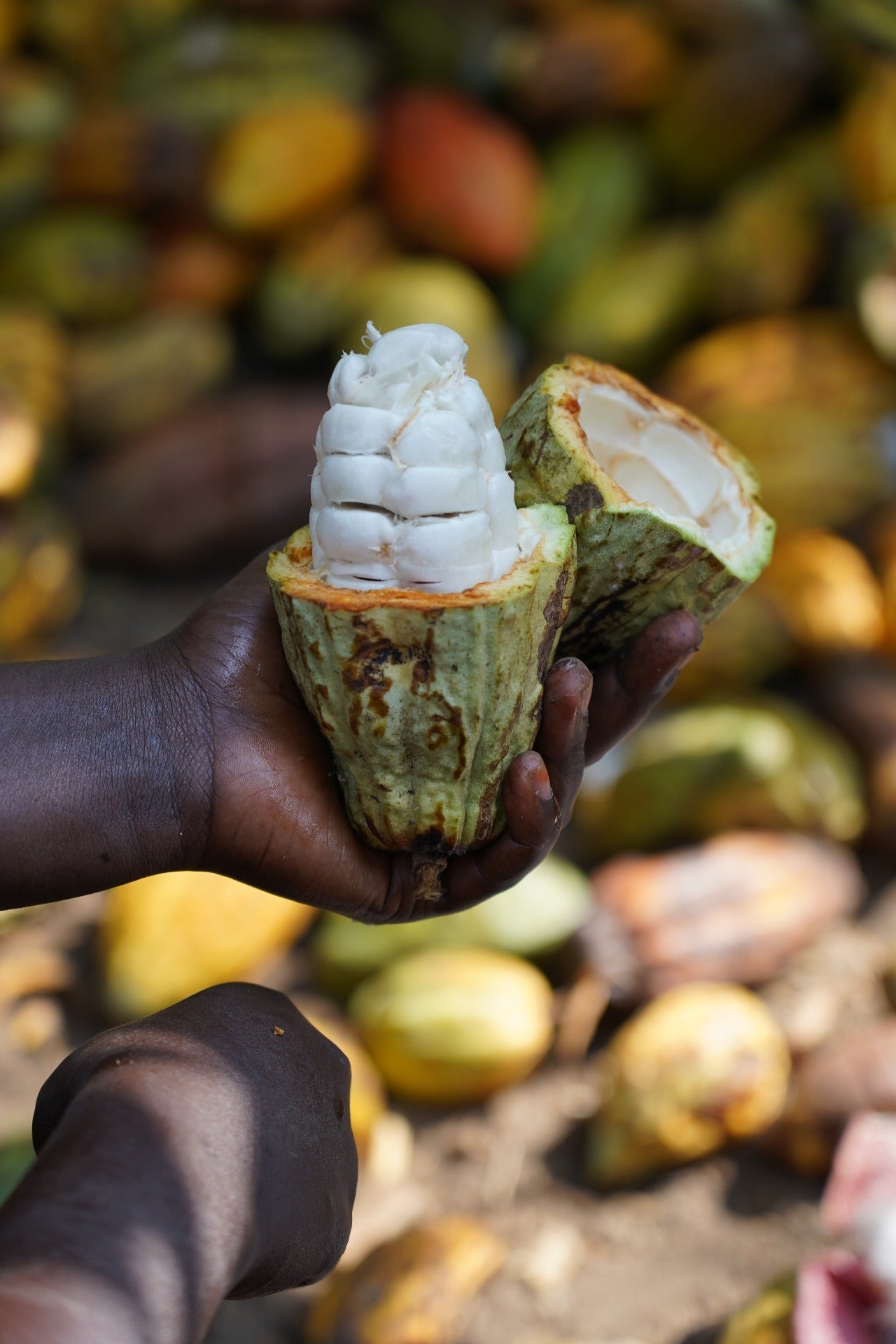
HARVEST
Ripe cocoa pods are harvested twice a year. Each cocoa pod is hand-picked from the tree. The harvested cocoa pods are opened, and the cocoa beans inside the fruit are removed. At this stage, the cocoa beans are covered in a white, sweet, and slippery sap. This sap will flow and evaporate during fermentation.
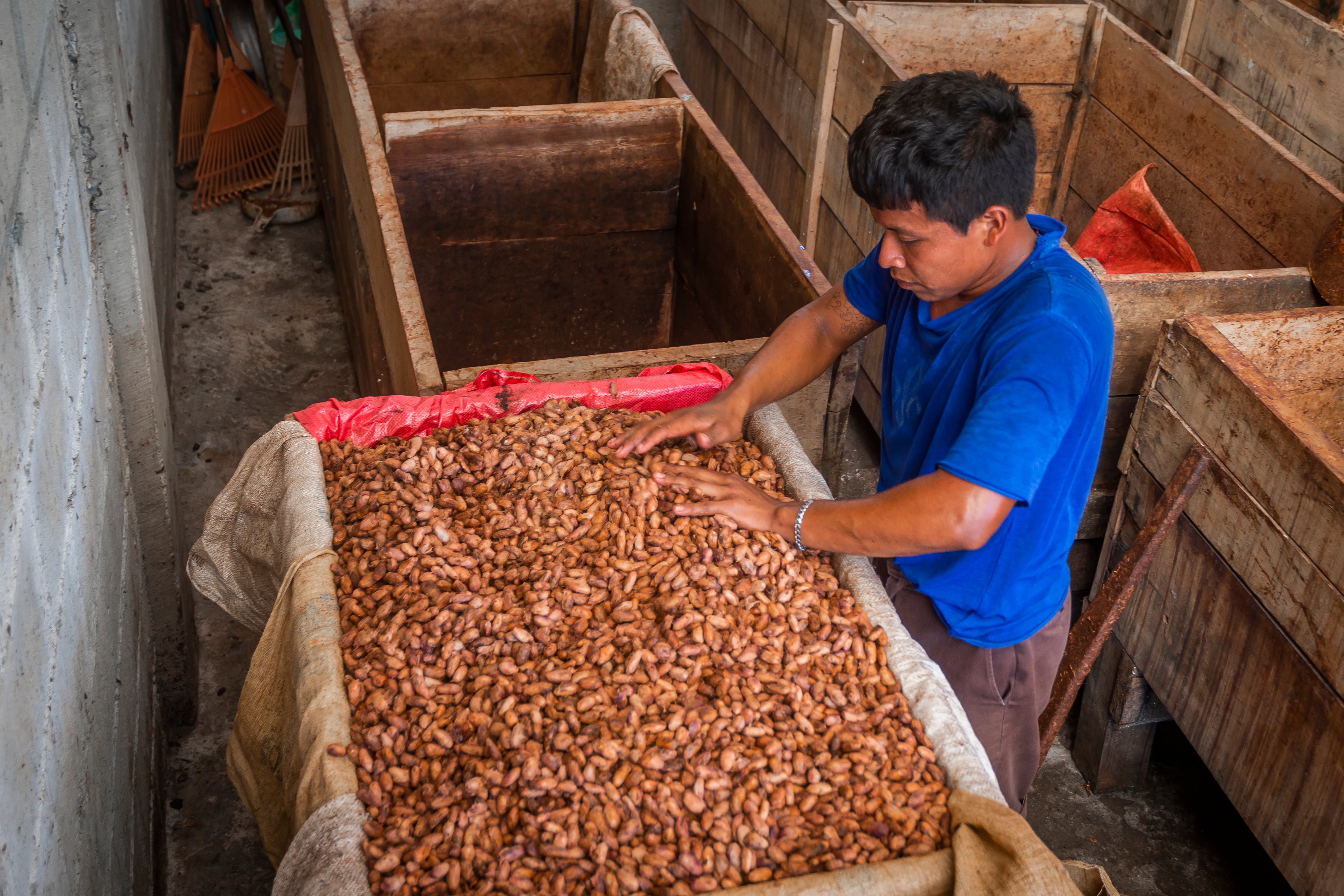
Fermentation
Cocoa beans are fermented in large wooden vats. Their color, ranging from white to light purple, turns into shades of brown. The cocoa flavor and the bean's unique aromas develop. It takes 5 to 7 days for the cocoa beans to complete the fermentation process and be ready for the next step.
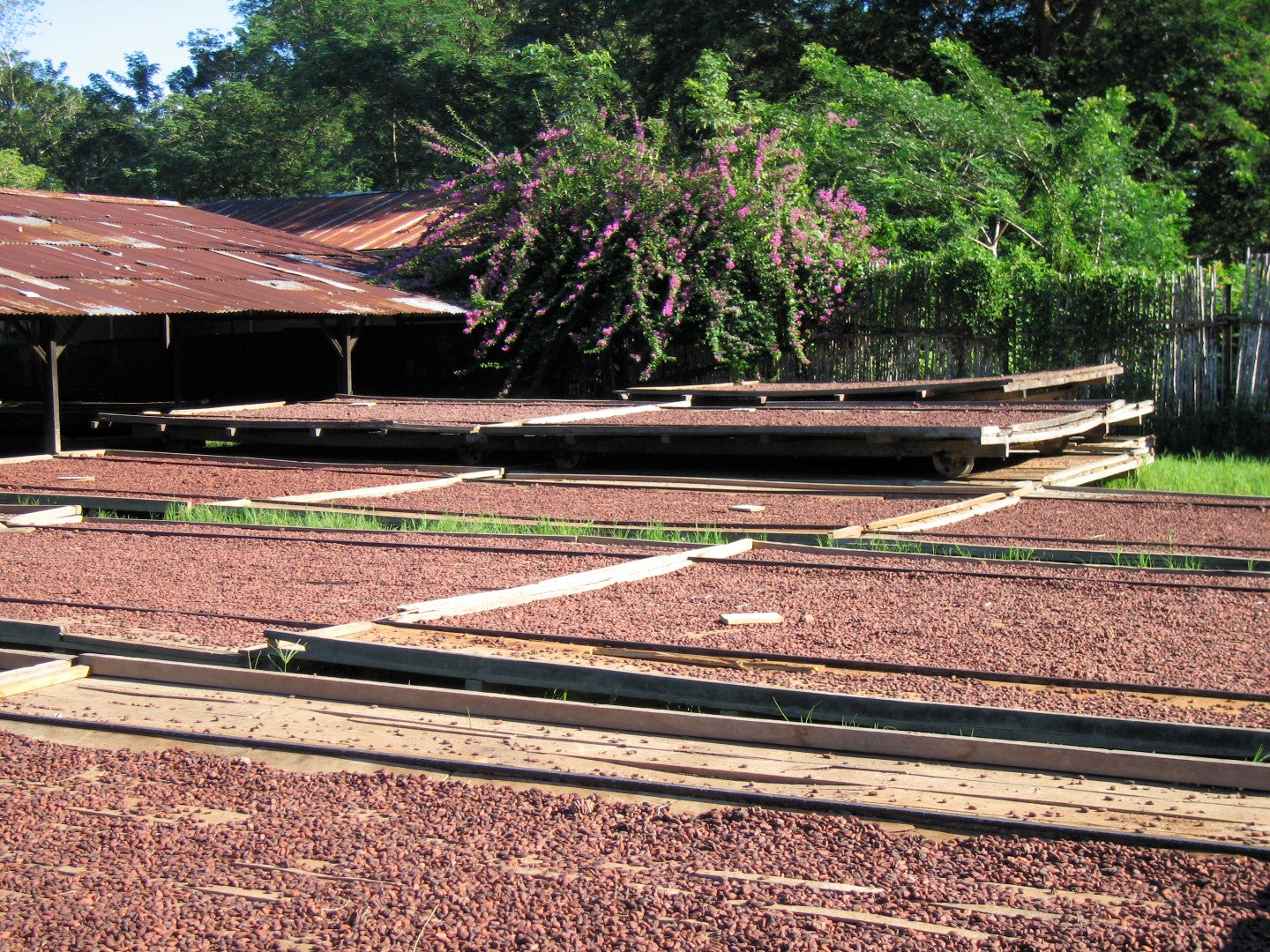
Drying
Cocoa beans that have completed the fermentation process are dried in a controlled environment in the sun for 4 to 8 days to reduce their moisture content to 6-8%. This drying process increases the durability of the beans and ensures their long-term storage.

TRANSPORT
After drying, the cocoa beans are pre-selected and placed in sacks. These sacks protect the beans and facilitate storage and transportation. From the homeland of cocoa to our production workshop in Istanbul, the beans first travel by ship and then by truck.
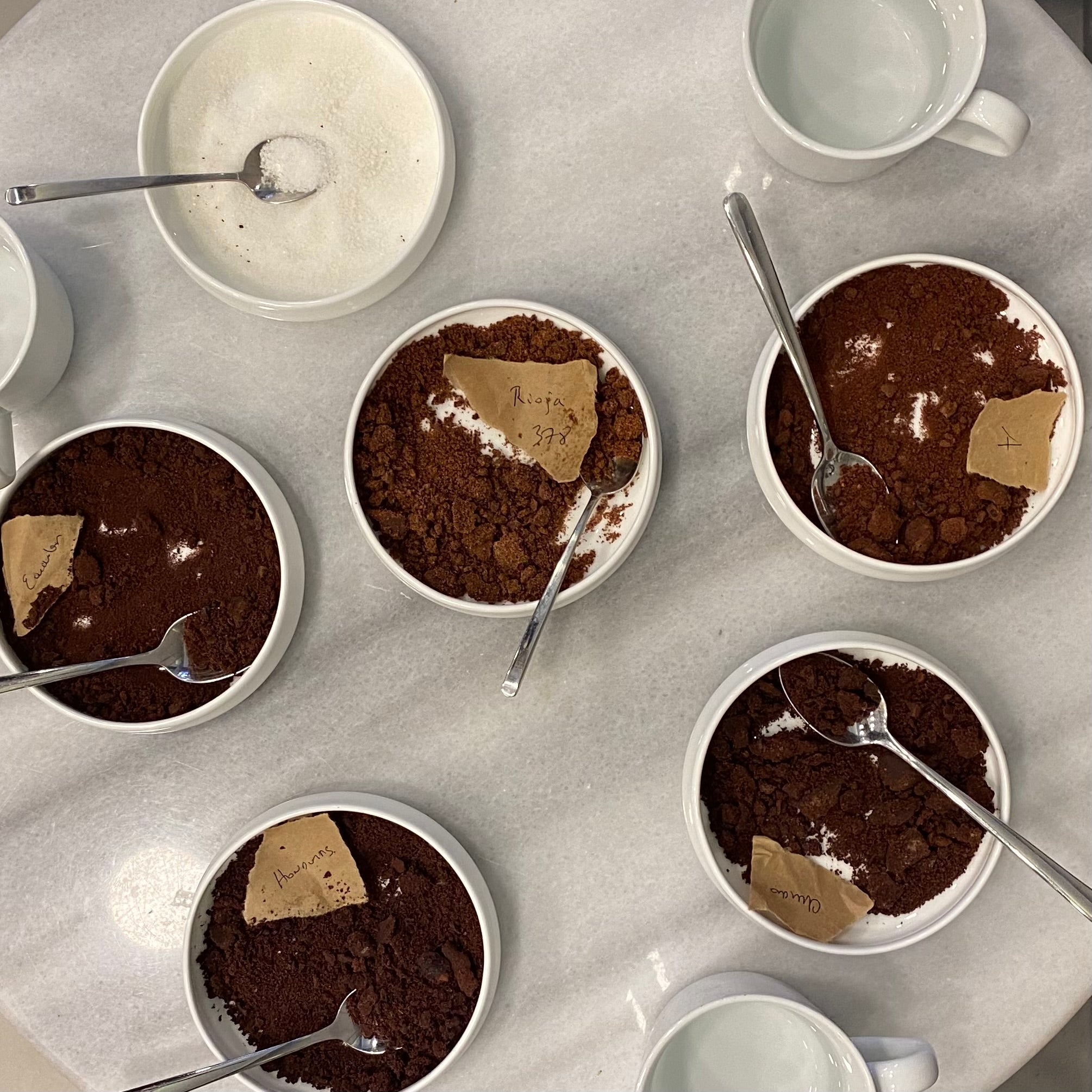
COCOA SELECTION
We research and taste various cocoa beans and chocolate varieties from around the world. We select the unique, special, and best cocoa beans that excite us and delight us.

SORTING
After the cocoa beans we've decided to produce arrive at our workshop, we sort out any unsuitable cocoa beans for chocolate production (those that haven't fermented enough, are broken, cracked, and any debris, etc.). And, of course, we taste the cocoa beans!
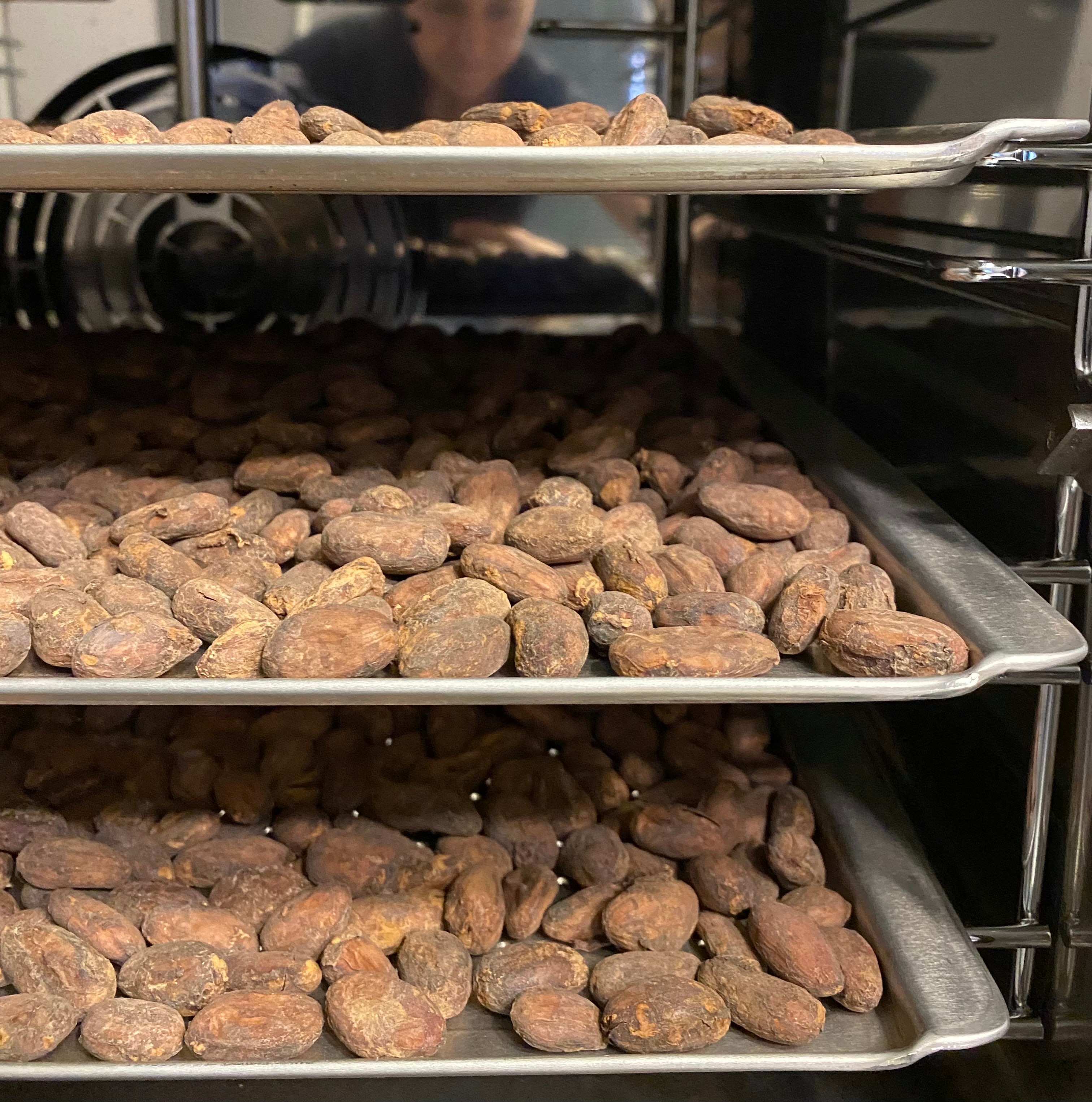
Roasting
The roasting process allows cocoa beans to reveal their unique flavor and aroma profiles. At Peraru Chocolate, the roasting profile is determined after a lengthy R&D process.
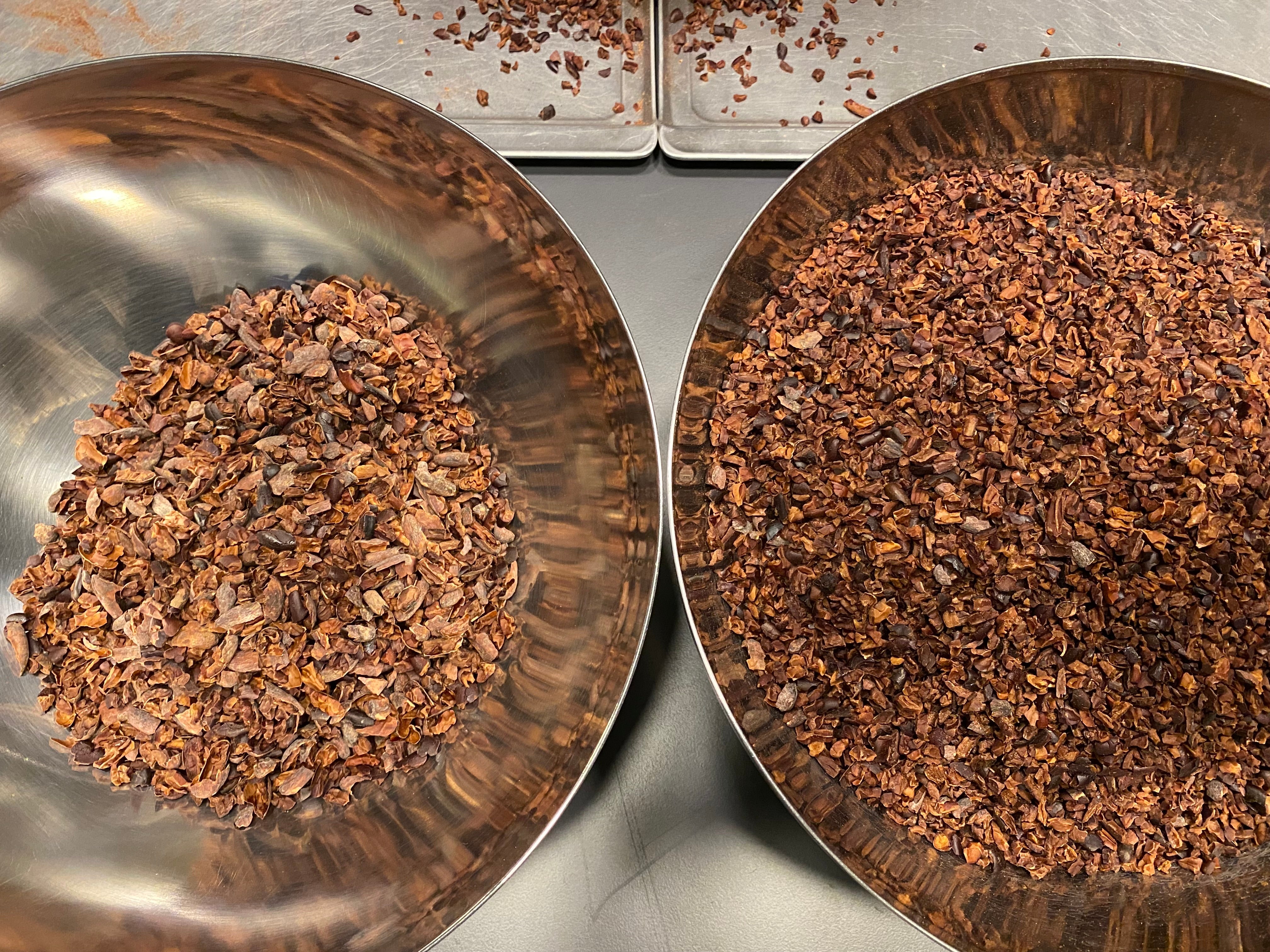
Crushing & Separation
The cocoa bean consists of the cocoa nib and the shell. Roasted cocoa beans are crushed and broken into pieces. Using an air-powered machine, the cocoa shells are removed from the nibs. The cocoa nibs are used for chocolate making, and the shells for cocoa tea. Zero waste!
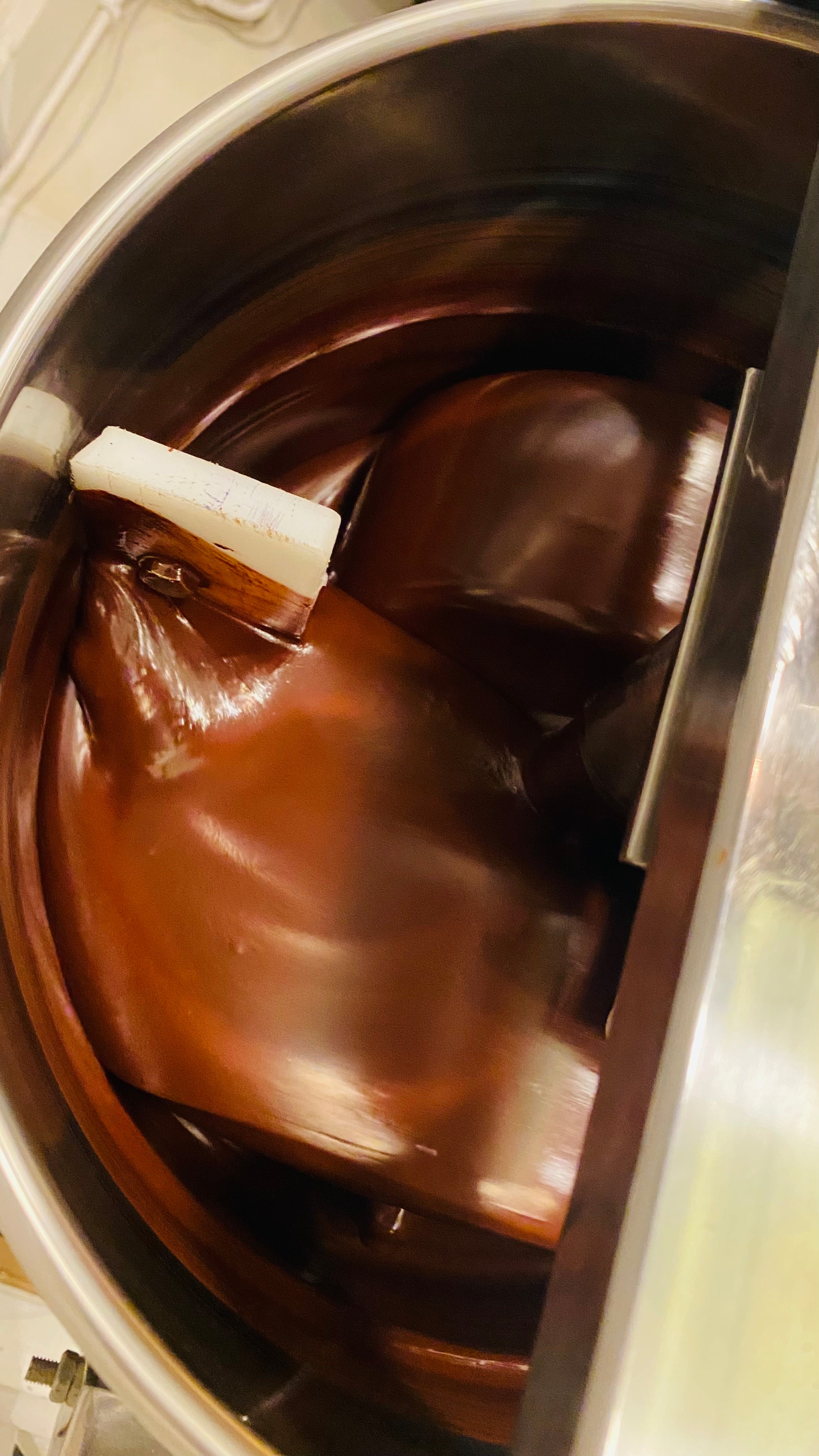
Melange – Grinding & Adding Sugar
The melangere is essentially a stone mill. First, cocoa beans and then sugar are thrown into the melangere. The granite stones of the melangere grind the cocoa nibs and
It crushes the sugar, making it smooth, shiny, and dense. It takes time for the two ingredients to transform into chocolate. This stage takes 2-3 days.
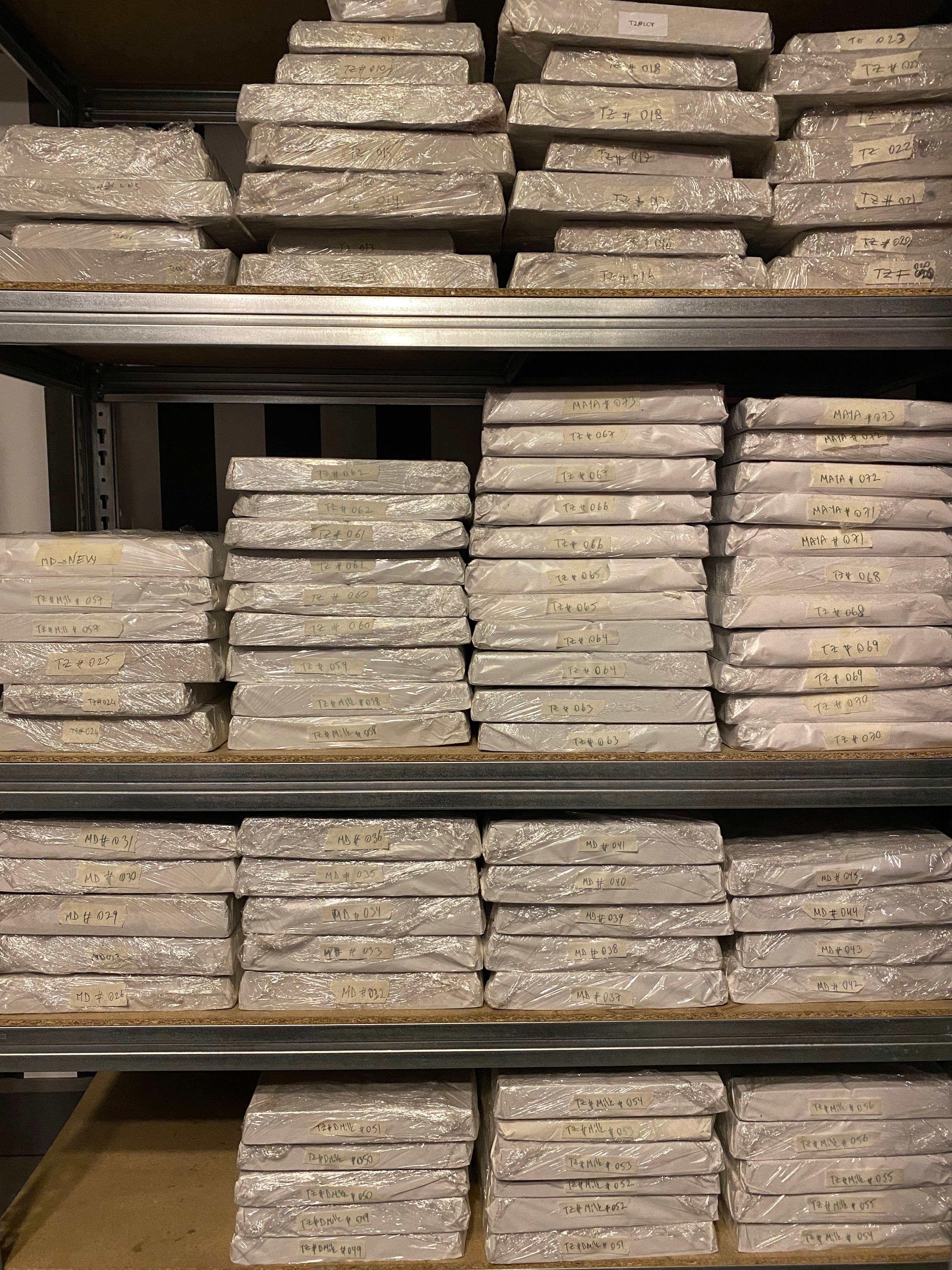
MATURATION
The still-warm chocolate liqueur is poured into couverture molds, and once solidified, the blocks are packaged. The chocolate, in blocks, matures on the shelves of our production workshop for two to four weeks. This is the time it takes for the molecules to find their place and for the chocolate's flavors to develop and develop.
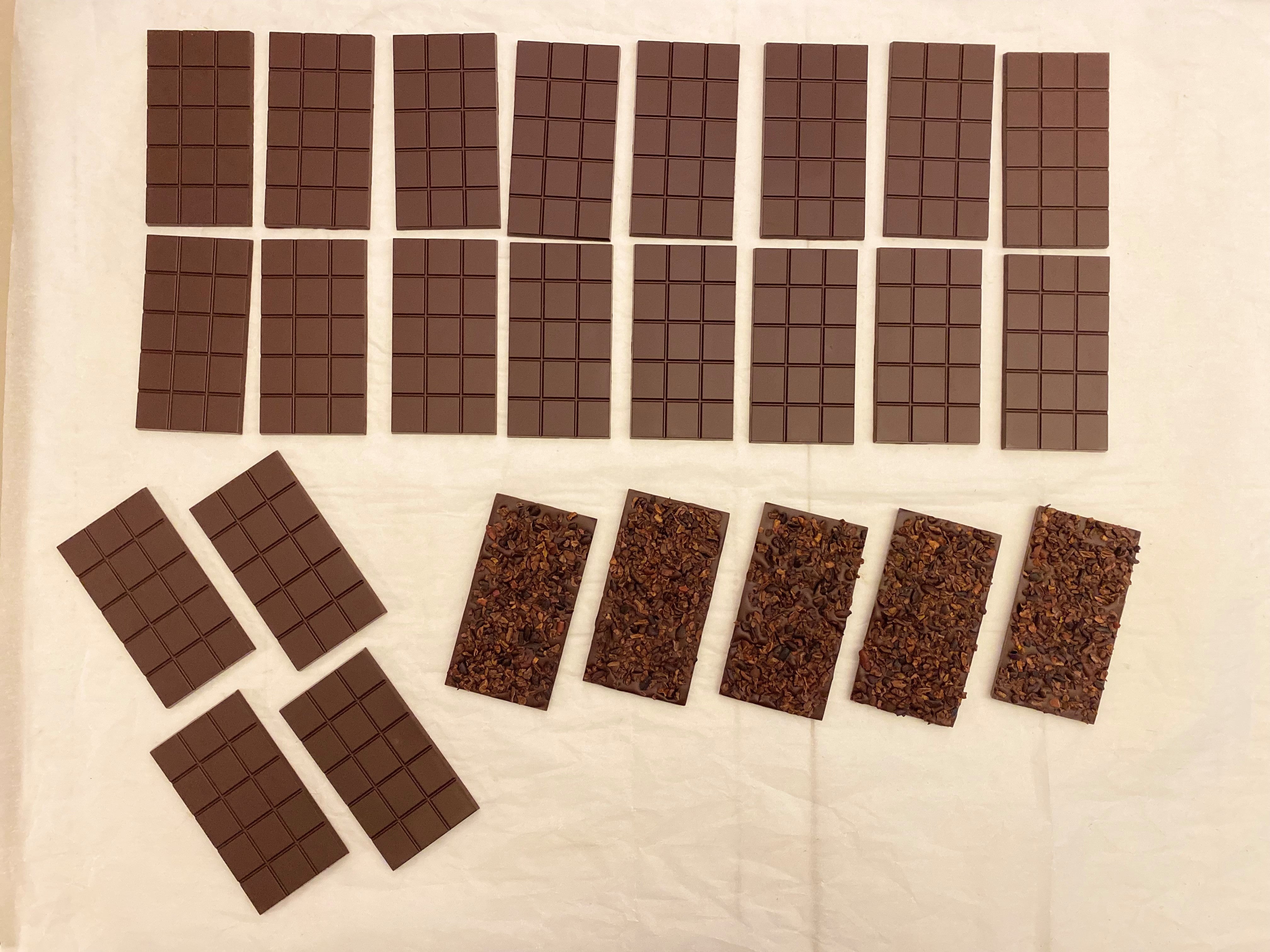
Tempering
Chocolate blocks are melted by heating to 50 degrees Celsius, loosening the fat molecules within. The temperature is lowered to 28-29 degrees Celsius, which solidifies the fat crystals. Tempering occurs. The temperature is then raised again to 31 degrees Celsius, which fluidizes the chocolate and pours it into tablets. Tempering creates a shiny, richly flavored PERARU chocolate tablet that makes a "KIT" sound when broken!
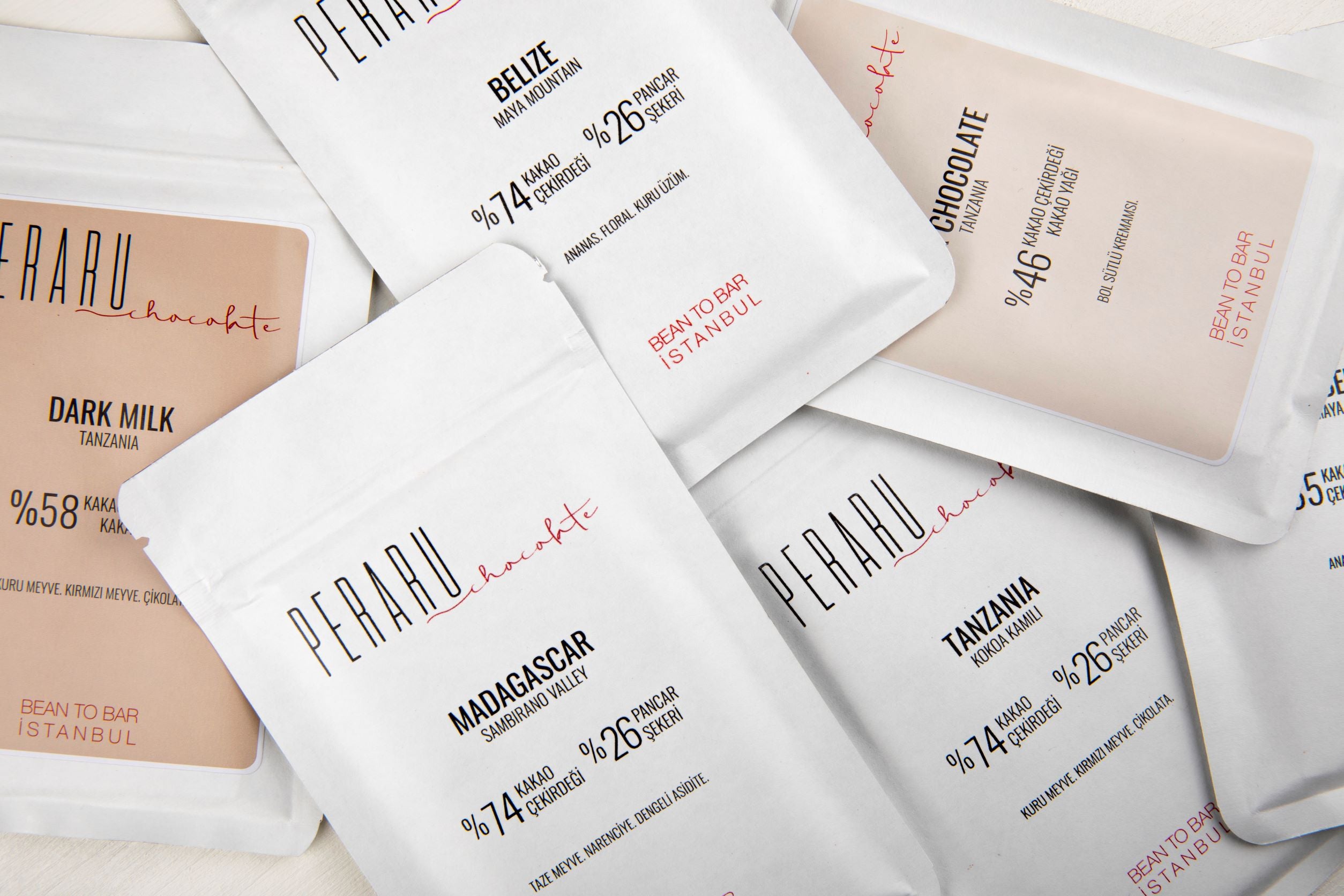
Packaging
Each PERARU chocolate tablet is packaged in a resealable packaging. This is how we best preserve the flavor and aroma of chocolate with resealable packaging. Always fresh, richly flavored chocolate!

BEAN TO BAR EXPERIENCE
A unique taste experience awaits you with PERARU chocolate. Taste it!
FROM SEED TO TABLET
FROM NATURE, AT YOUR HANDS


Inspired by Cocoa: Peraru Blog
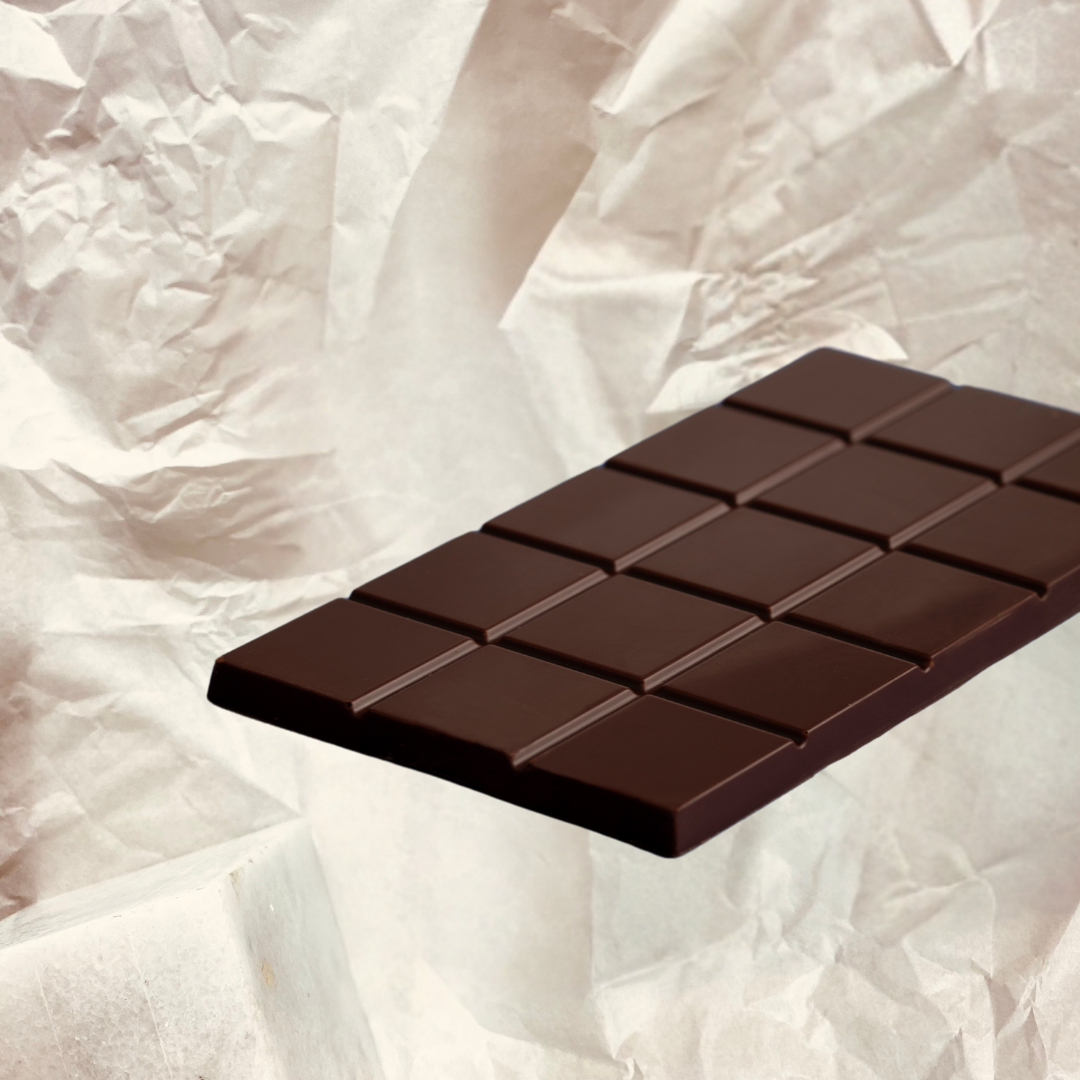
HOW DOES A COCOA BEAN TURN INTO PERARU CHOCOLATE?
